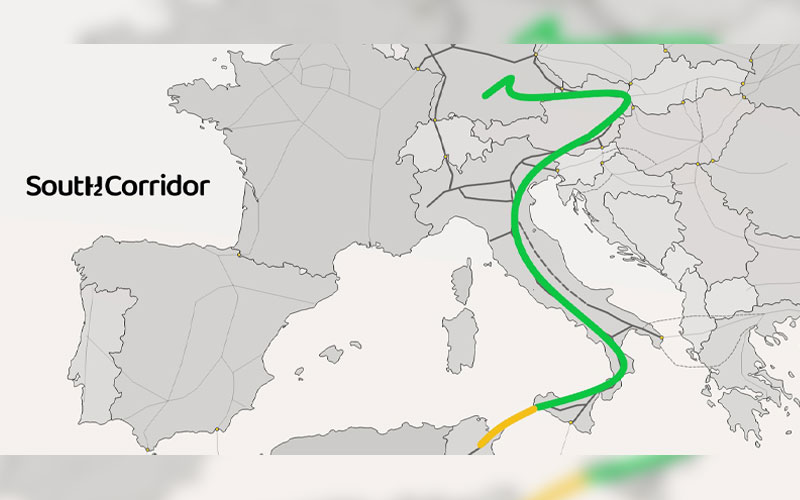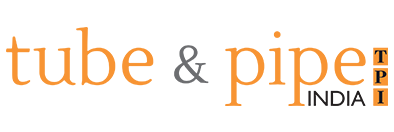An agreement was signed by the energy ministries of Germany, Italy and Austria to develop the Southern Hydrogen Corridor Pipeline important for the development of the European market for renewable energy.
Jun 4, 2024

Italy, Germany and Austria have signed an agreement to work together for the development of a network to transport hydrogen from the southern Mediterranean to northern Europe, the energy ministries of the three countries informed. The signing of the Joint Declaration of Intent (JDOI) is an important step towards sustainable cooperation in the energy sector. Germany, Austria und Italy thus want to promote the creation of a hydrogen import corridor between the three countries.
The SoutH2 Corridor is to ensure hydrogen imports from North Africa through southern Italy and is then to be connected to important hydrogen demand clusters in Italy, Austria and Germany.
The trilateral partnership aims at improving the level of energy security for the most important industrial demand clusters of the participating countries and at the same time at fostering the implementation of climate targets in the European Union. A trilateral working group was created to this end. It is to bring together the relevant stakeholders, including transmission system operators, national regulatory authorities, financial authorities and potential buyers and producers of hydrogen.
Also Read: Irish Government Approves New Water Pipeline in Dublin Worth EUR 5 Billion
The Joint Declaration of Intent recognizes the need for a European transition to hydrogen technologies, in particular in order to decarbonize sectors where it is difficult to reduce carbon dioxide. It also acknowledges the importance of the SoutH2 Corridor as being one of the five large-scale pipelines for hydrogen imports that will facilitate the import of 10 million tonnes of renewable hydrogen by 2030. Developing the hydrogen import corridor will be a cornerstone of Europe’s green energy landscape and will pave the way for a cleaner and more secure future in the energy sector.










